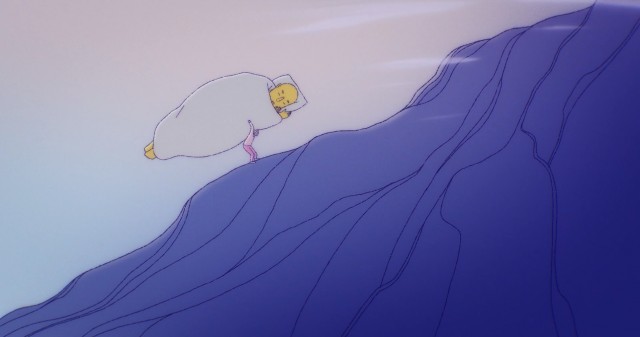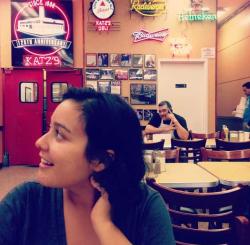In most parent/child relationships, especially growing up, there exists a certain dynamic in which the kids only see the best of their parents, without seeing all their vulnerabilities and weaknesses. This perspective slowly evolves as we get older, as we begin to realize that first and foremost they are people with flaws like everyone else. In Yndlingsdatter (Favorite Daughter), writer/director Susi Haaning explores this special bond, as a daughter comes to understand her father’s mental illness.
“I was very inspired by my sometimes overwhelming feelings around my own relationship to my dad”
Chronicling the evolution of the relationship between the titular character and her father, Favorite Daughter uses vignettes of seemingly mundane moments to allow its audience a good understanding of the dynamic between the two by seeing them in intimate moments. As she moves through her childhood, just like any child, she discovers new facets of her father. While in this story, she learns to understand the fact that her father deals with bipolar disorder, there is a universality to realizing that our parents, or any adult figure, have vulnerabilities and struggles.
It comes as no surprise that the film is partly inspired by Haaning’s own experience, with the director sharing that her story originated with “my sometimes overwhelming feelings around my own relationship to my dad, and how this relationship and my perspective on it has changed as I grew older”.

Favorite Daughter employs visual metaphors to represent the father/daughter relationship
And while this personal aspect definitely gave the screenplay depth and made it feel raw and genuine, Haaning uses animation to cleverly build the universe around the story she conveys. I tend to find animation used in a way that separates it from live action quite fascinating, as it offers much more freedom in exploring the character’s perception of reality and life. Through color choice and how the characters are drawn, Haaning visually grasps how her main character is growing up, both physically and mentally. She also infuses her short with powerful visual metaphors, which ends up making the bond between father and daughter a third character in the film.
The film wraps on an incredibly compelling and moving note, with the daughter and the father finding a new understanding of who they are and what their relationship will be like moving forward. Due to the emotional build up, seeing how their relationship grew through her childhood, it provides a very satisfying end to a narrative that, in hindsight, is even more universal than it first seemed – two people simply accepting each other for who they are.

 Céline Roustan
Céline Roustan